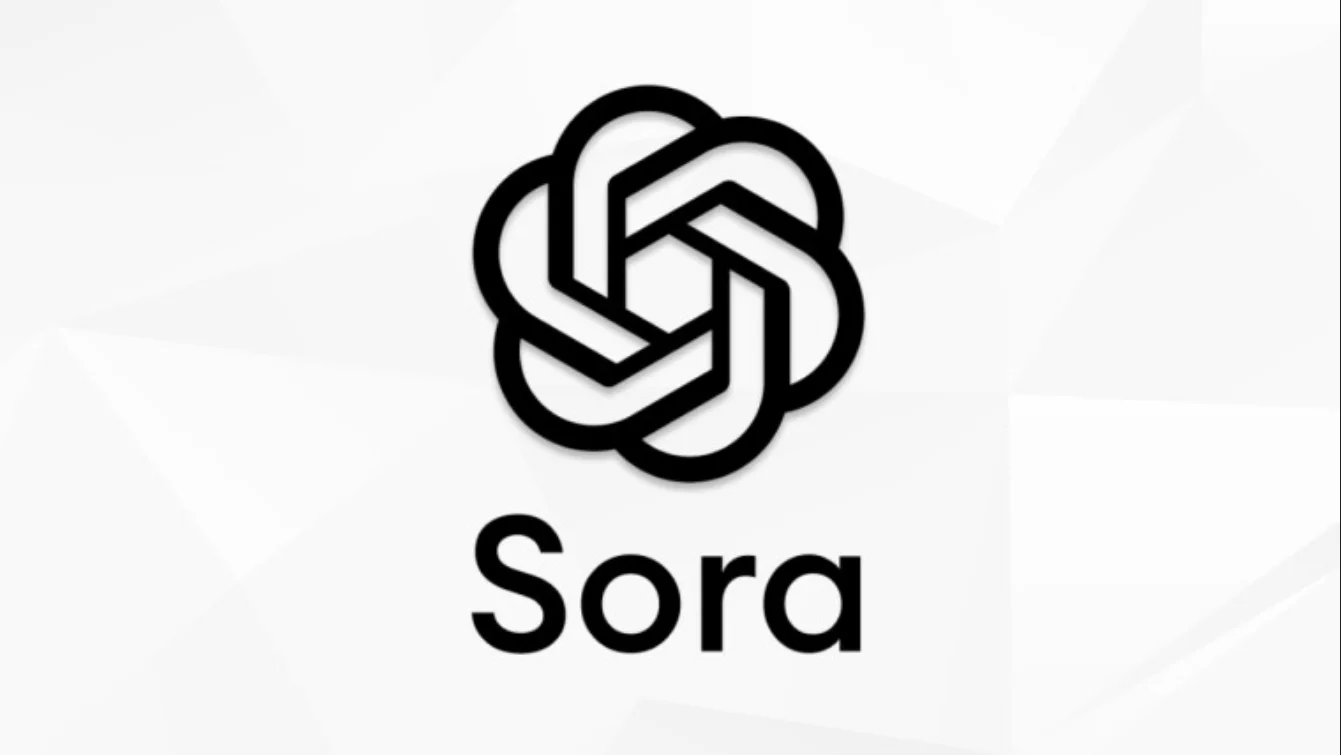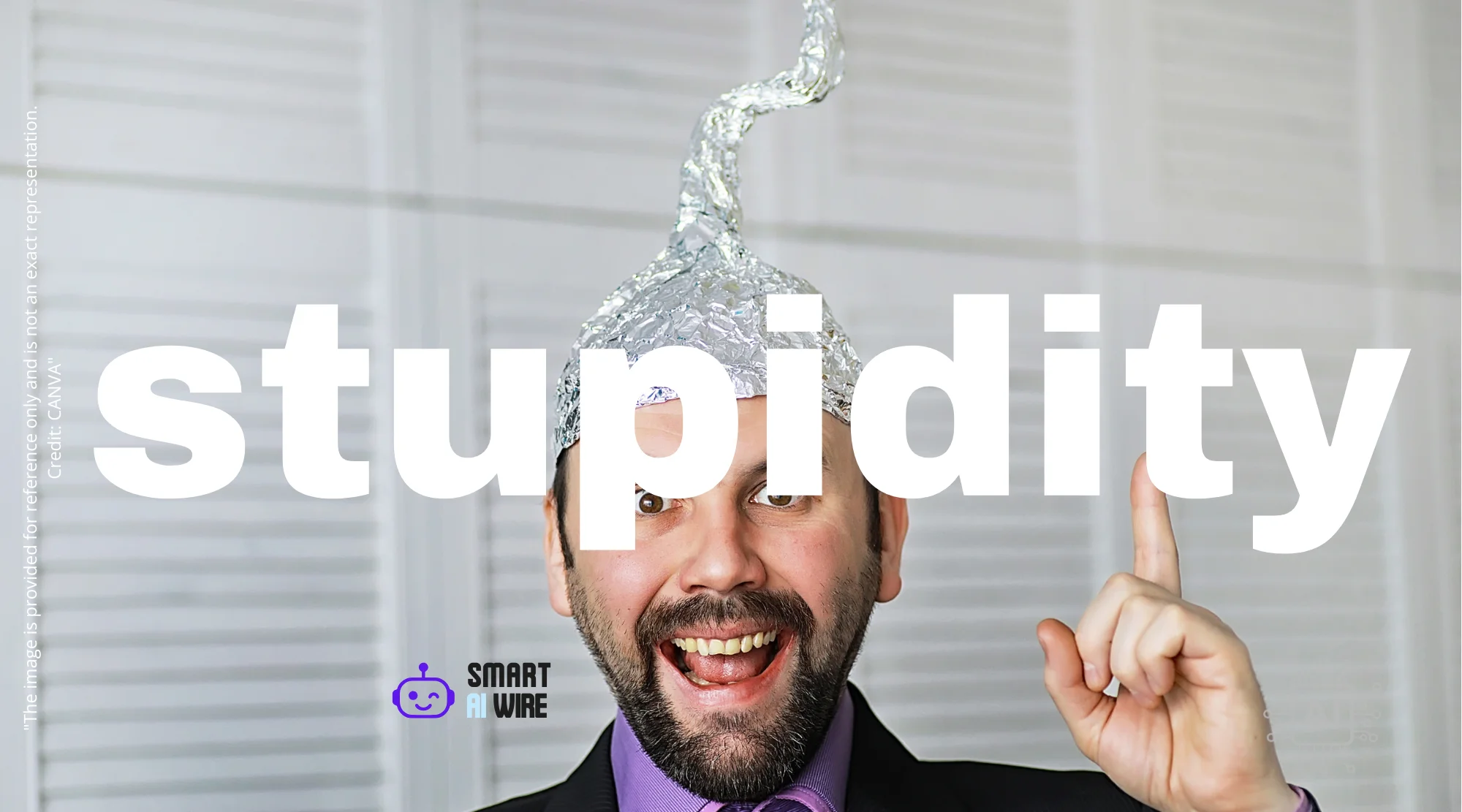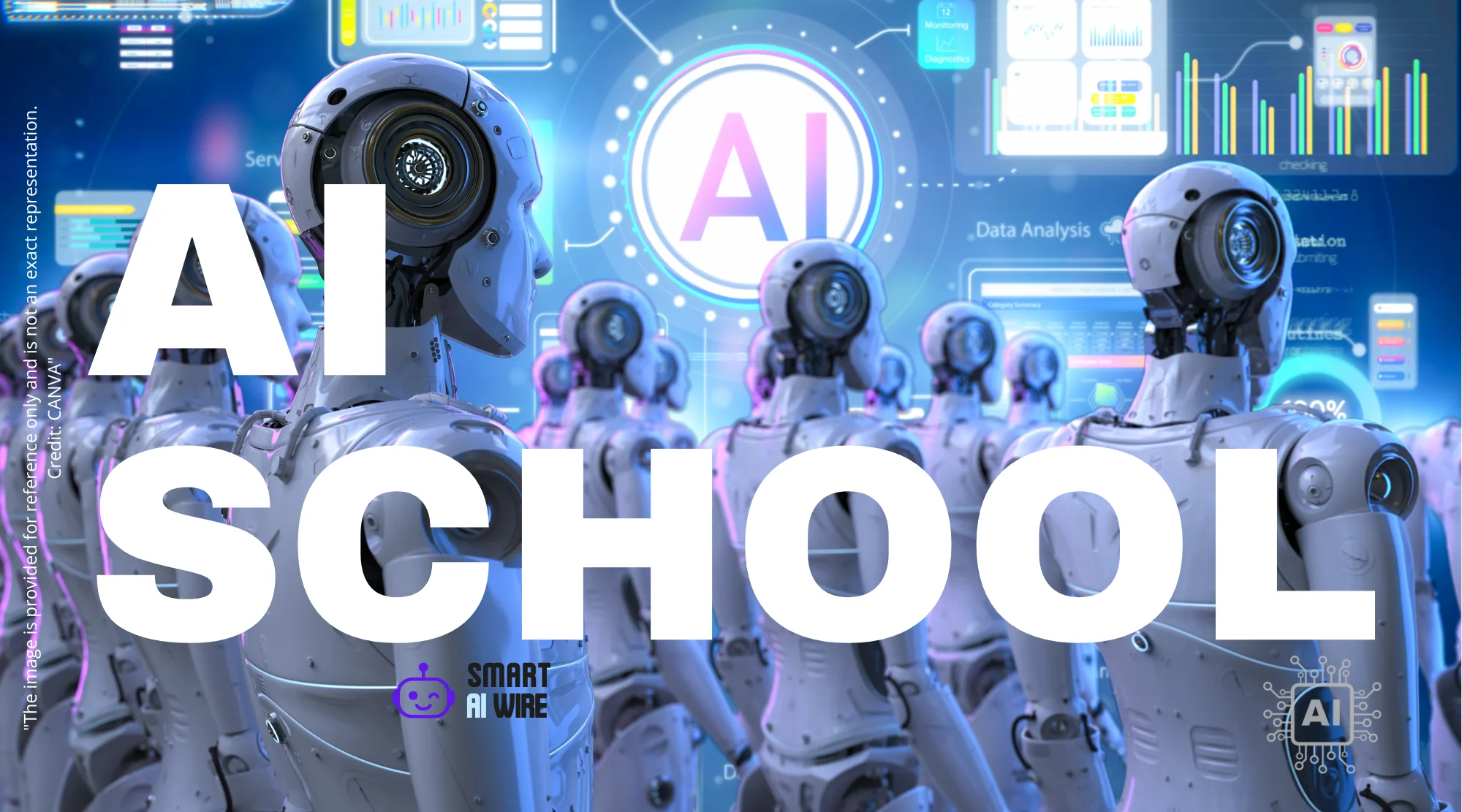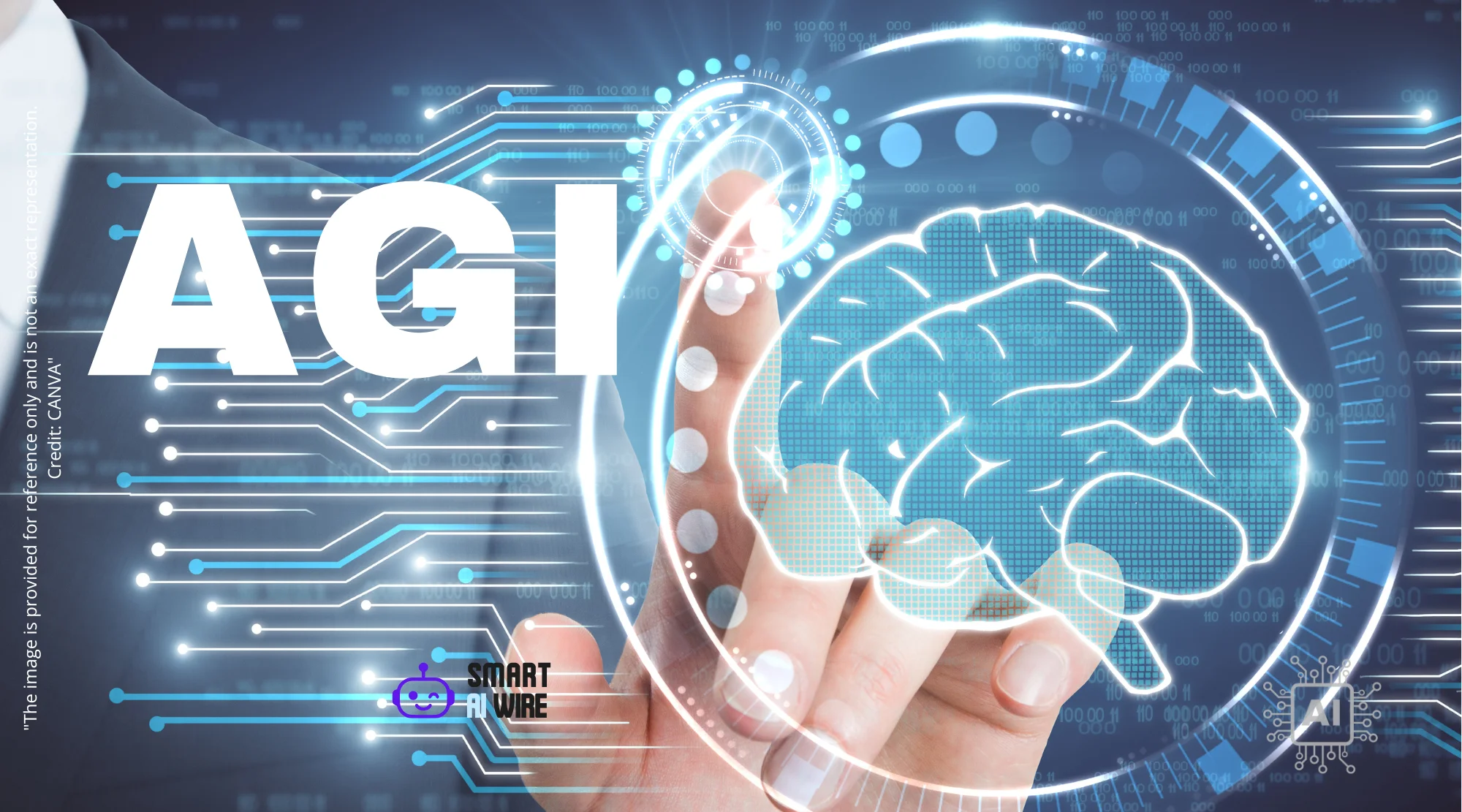OpenAI’s Sora is making waves with its ability to generate videos from text prompts, sparking both excitement and debate about the future of content creation and copyright. This innovative tool presents unparalleled opportunities, but also raises questions about artistic value, job displacement, and the potential for misuse. Is Sora a revolutionary step forward or a fast track to a world of homogenized, AI-generated content?
Understanding OpenAI’s Sora and Its Capabilities
Sora represents a significant leap in generative AI. It allows users to create realistic and imaginative videos simply by providing text descriptions. This technology could democratize video creation, enabling individuals and businesses to produce high-quality content without expensive equipment or specialized skills. The potential applications span entertainment, education, marketing, and numerous other fields. However, the ease of use also raises concerns about the potential for deepfakes and the spread of misinformation. As AI becomes more powerful, ensuring responsible use and addressing ethical concerns is crucial. One major concern revolves around AI job displacement and its potential impact on the creative industry.
The Copyright Conundrum and Content Ownership
The release of Sora has ignited a fierce debate about copyright and intellectual property.

The question of who owns the copyright to AI-generated content remains largely unanswered. If an AI model is trained on copyrighted material, does the output infringe on those copyrights? OpenAI is reportedly developing mechanisms to allow copyright holders to opt-out of having their content used for training, but the effectiveness of such measures is yet to be seen. This raises fundamental questions about the nature of creativity and the role of AI in artistic expression. Legal frameworks need to adapt to these new realities to protect the rights of creators while fostering innovation.
The Potential for “Vacuous” AI-Video and the Loss of Artistic Value
Critics argue that the ease and accessibility of AI video generation could lead to a flood of generic, uninspired content. The fear is that AI might prioritize technical perfection over artistic expression, resulting in a “vacuous” landscape devoid of originality and emotional depth. The human element, with its unique perspective and creative vision, could be lost in a sea of algorithmically generated visuals. Maintaining the value of human creativity and critical thinking is crucial in the age of AI. Check out this article about AI and Human Authorship: Why the Human Element Remains Final.
Addressing Ethical Concerns and Mitigating Risks
To ensure responsible AI development, robust safety measures and ethical guidelines are essential. This includes addressing potential biases in training data, preventing the generation of harmful content, and developing methods for detecting AI-generated media. Transparency is also key. Users should be informed when they are interacting with AI-generated content, allowing them to critically evaluate the information presented. Establishing clear legal frameworks and international collaborations is essential to navigate the complex ethical challenges posed by AI. Explore AI Safety Tools: Navigating the Ethics of Content Moderation.
The Future of Video Creation: Collaboration Between Humans and AI
Despite the concerns, AI video generation also offers immense potential for creativity and innovation. Rather than replacing human artists, AI can serve as a powerful tool to augment their capabilities. By automating tedious tasks and providing new creative possibilities, AI can free up artists to focus on the more nuanced aspects of their work, such as storytelling, emotional expression, and conceptual development. The future of video creation likely lies in a collaborative model where humans and AI work together to create compelling and meaningful content. Services such as ElevenLabs are exploring how AI can augment human creativity. (External Link to: elevenlabs.io)
The Rise of Synthetic Media and the Importance of Critical Thinking
Sora is just one example of the rapidly evolving field of synthetic media. As AI models become increasingly sophisticated, it will become harder to distinguish between real and AI-generated content. This poses significant challenges for media literacy and critical thinking. Individuals need to develop the skills to evaluate information critically and to identify potential misinformation or manipulation. Education and awareness are crucial to navigate the increasingly complex media landscape. Here is a great article about AI in Education: Preparing Students for an AI-Driven World. Furthermore, it will become more important to diversify your AI investment strategies.
The Path Forward: Embracing Innovation While Safeguarding Values
OpenAI’s Sora presents both exciting opportunities and significant challenges. To harness the full potential of this technology while mitigating its risks, a balanced approach is needed. This involves fostering innovation, establishing ethical guidelines, protecting intellectual property, and promoting media literacy. By addressing these issues proactively, we can ensure that AI video generation benefits society as a whole, enriching our creative landscape and empowering individuals to express themselves in new and innovative ways. It will be interesting to see how AI vs. Big Tech shapes the future of Hollywood. (External link to: hollywoodreporter.com)
Ultimately, the impact of Sora and similar technologies will depend on the choices we make today. By prioritizing ethical considerations and fostering a collaborative approach, we can shape a future where AI enhances human creativity rather than diminishing it.



